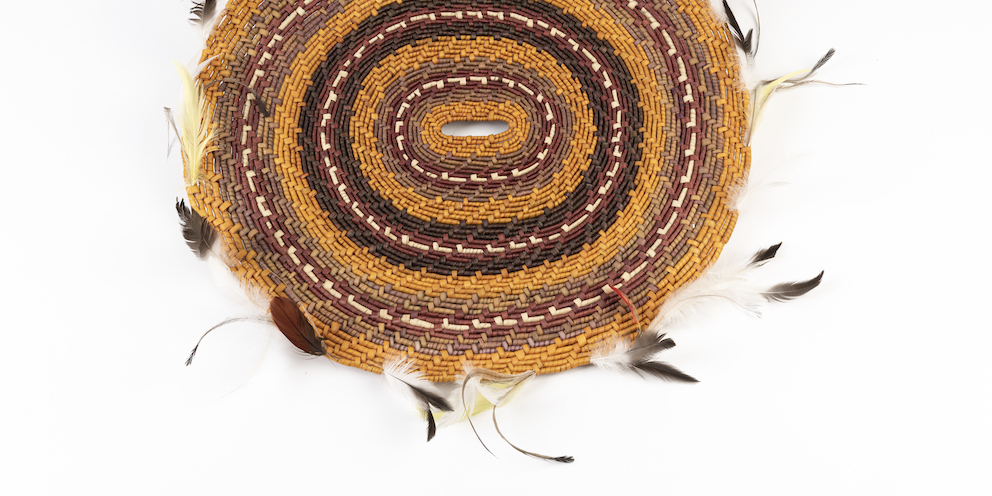

Rhonda Woolla is a proud Wik woman of the Putch Clan, Aurukun, who learnt the art of weaving and making feather flowers from her mother and grandmothers, the old girls in the community. She started weaving at a young age and sources and prepares all her own natural materials.
This exhibition is a selection of Woolla’s traditional Kempan (baskets) and new contemporary forms, whereby the artists pushes the craft into unique new directions.
Woven from Kunch (pandanus) from her homelands near the Kendall River, Aurukun, all of these new weavings and feather flowers were created during the recent COVID-19 lockdown while she was in Coen, central Cape York.
“My Kaath (mother) is my inspiration in everything I do. She was not just my mum, but my teacher, my biggest inspiration and greatest influence on all the knowledge I have gained. I believe that her spiritual presence guides and motivates me now in each weaving I create. She was well-known at home and across Australia for her leadership, in the Wik vs Queensland case and serving our community as the first female Mayor of Aurukun, in the 1980s, and 1990s.
When I make my weavings there is a strong feeling, and I am connected with my Kaath and Kemwayyow (grannies) and my culture and Country. When I was a little girl, I remember being around my Elders. Their presence created a warm and loving atmosphere. They always taught cultural knowledge, passing it down from generation to generation.
Growing up, weaving was a part of my culture. Making baskets, dilly bags, grass skirts and feather flowers to name a few. These traditional items would be made for times like cultural ceremonies, such as (house openings, tombstones and weddings). Traditional items are also vital in maintaining and passing down just cultural knowledge. Such cultural practices bring both young and old women together to share beautiful artifacts, tell stories and teach the young, like myself of cultural knowledge.
The two significant cultural artifacts I create are the weavings and feather flowers. I was taught from a very young age, pre teen and continue now as a woman in my mid 30s.
Traditionally know as Punth-paam, the feathers used to create the feather flower come from a whole different range of native birds that are primarily accumulated through our traditional food source.
To create a weaving, my mother (Kaath) and all my grannies (Kemwayyow) would take me out bush to collect the materials. These include pandanus and natural dyes. Pandanus is known as Kunchan in native tongue. The leaves from the Kunchan are used to weave the baskets. In native tongue baskets are referred to as Kempan. The process involves stripping, drying and dying of the pandanus to create the colors needed.
There are two plants used in the process of dying the Kunchan. The first source of dye is derived from the bark of a tree root known as the Bush Medicine Tree. Natively known as Wayk. The Wayk root is scraped and boiled to produce shades of yellow and orange. The second source of dye is derived from the Bloodroot Plant culturally known as Pa’amp. The Pa’amp is a bulb containing 45cm stems which produces a small maroon flower. The bloodroot plant also produces a scarlet sap once picked from the bulb. The brown or purplish dye is obtained from the root bulb which is crushed and used to dye the dried and stripped Kunchan and Thuuth (cabbage palm). I would then sit around the fire, amongst my grandmothers and mother. They would teach me how to weave, enlighten me with stories from Country and educate me on family history. I am proud to have gained the knowledge they left as not many of my oldies are left now. It is now up to our generation, to teach the young women as I was. This way our cultural language and stories remain strong.
With my weaving, I experiment with different types of materials derived from the bush to make different colors, this may be as simple as tree sap, mangrove tree or charcoal from fire. There is a considerable amount of extensive labor involved in obtaining raw materials needed. However, the end result makes it all worth while to appreciate that something so beautiful can be made from the earth’s natural resources.
Weaving cannot express individual stories of my Country like a carving or painting. However each piece carries a personal connection to culture and knowledge. I call all my individual weavings a “Kemwayyow” as each weaving signifies encapsulated knowledge the Elders passed on while teaching me. A basket signifies patience, and ones ability to sit and absorb cultural information. Growing up, working on a weaving would take a whole day and still, the final piece was still yet to be complete . A granny would often say ‘Look at this Menth (meaning beautiful) piece. It was given to us from our beautiful country, all the materials provided right here’, showing just how connected we are to the land.” Rhonda Woolla, 2020
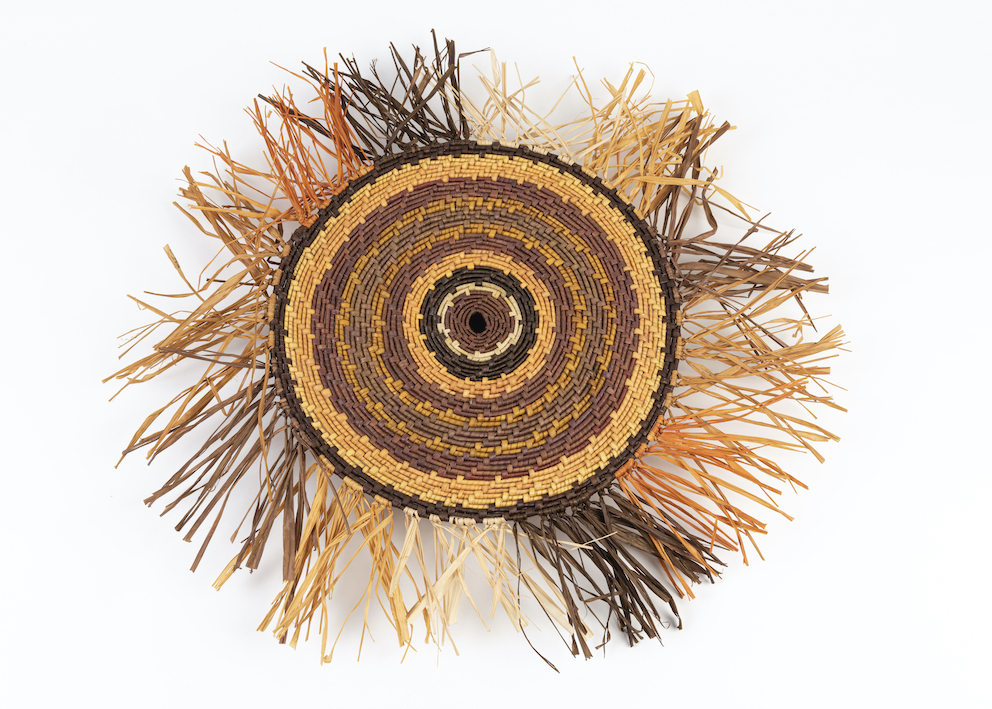
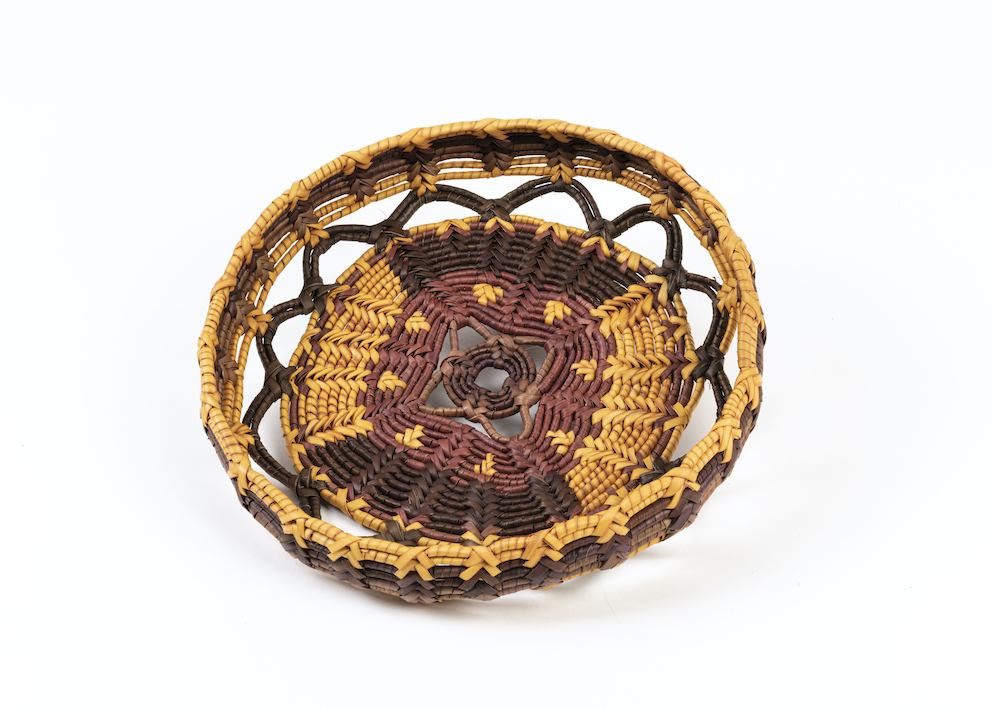
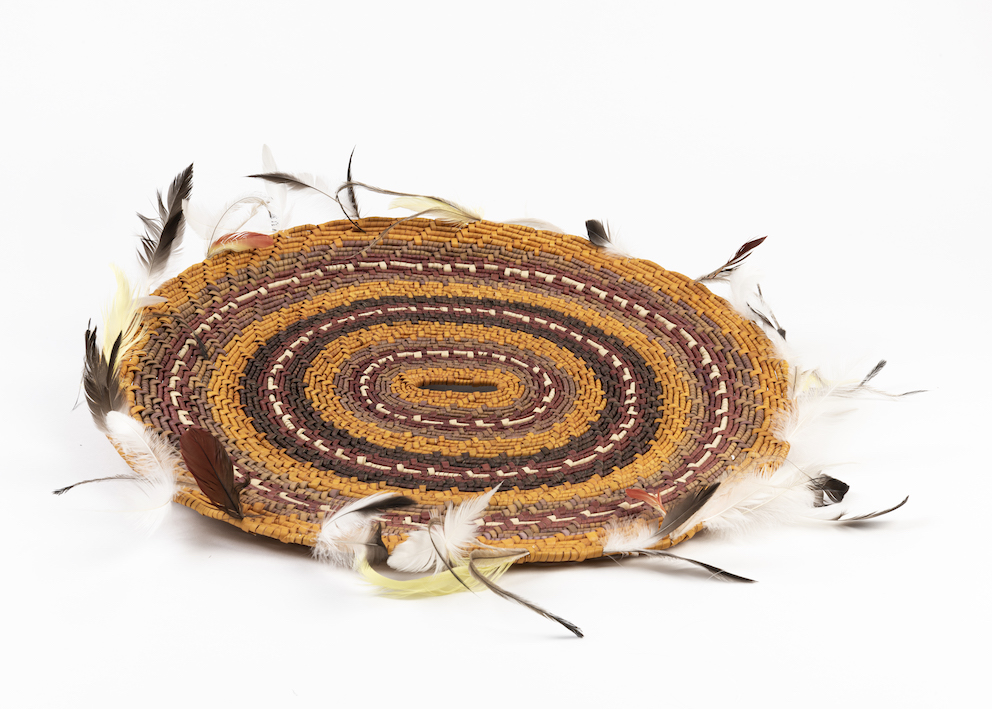
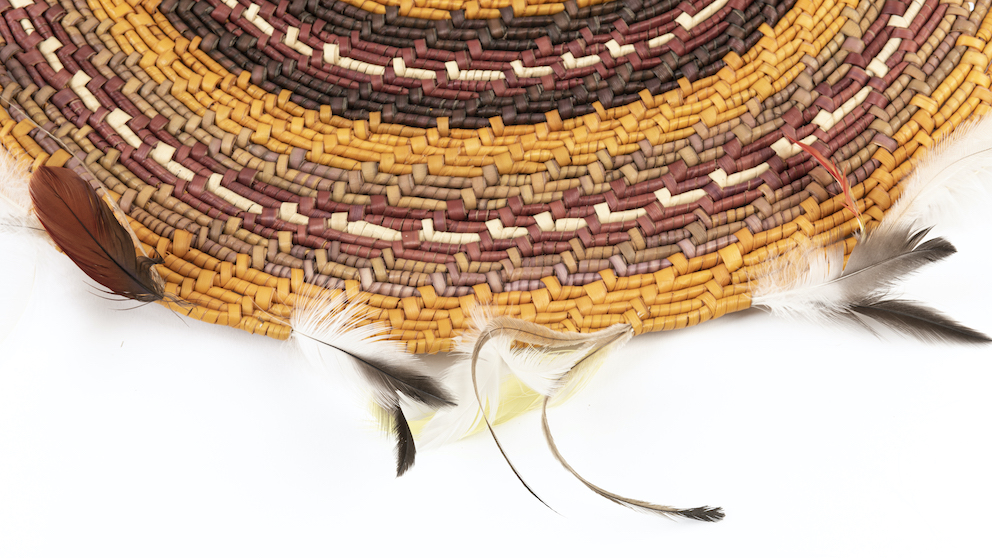
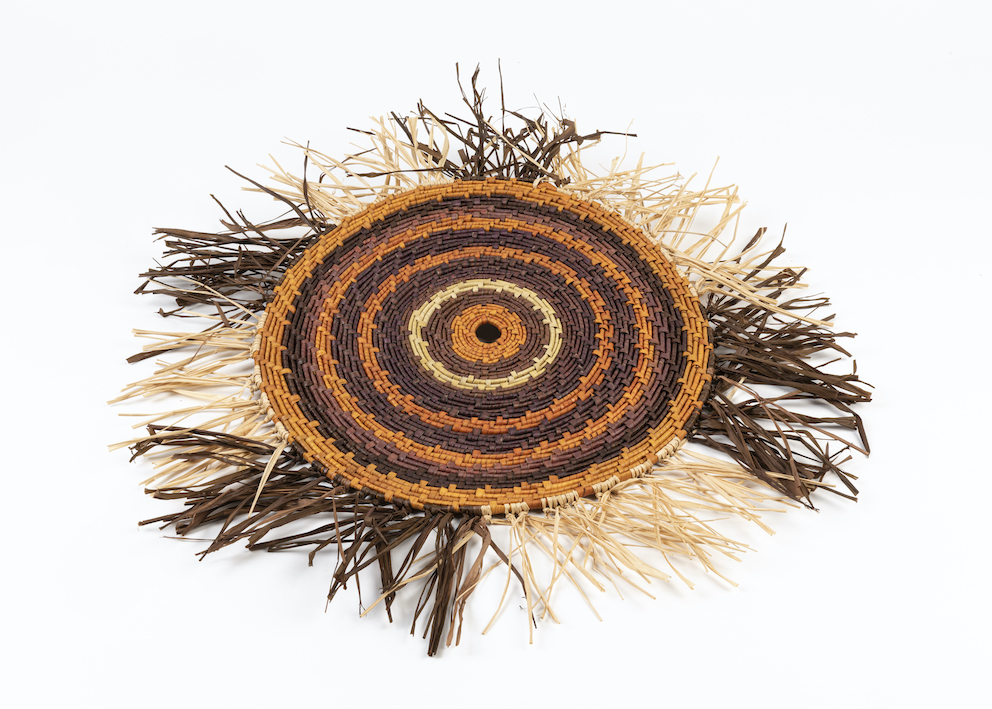
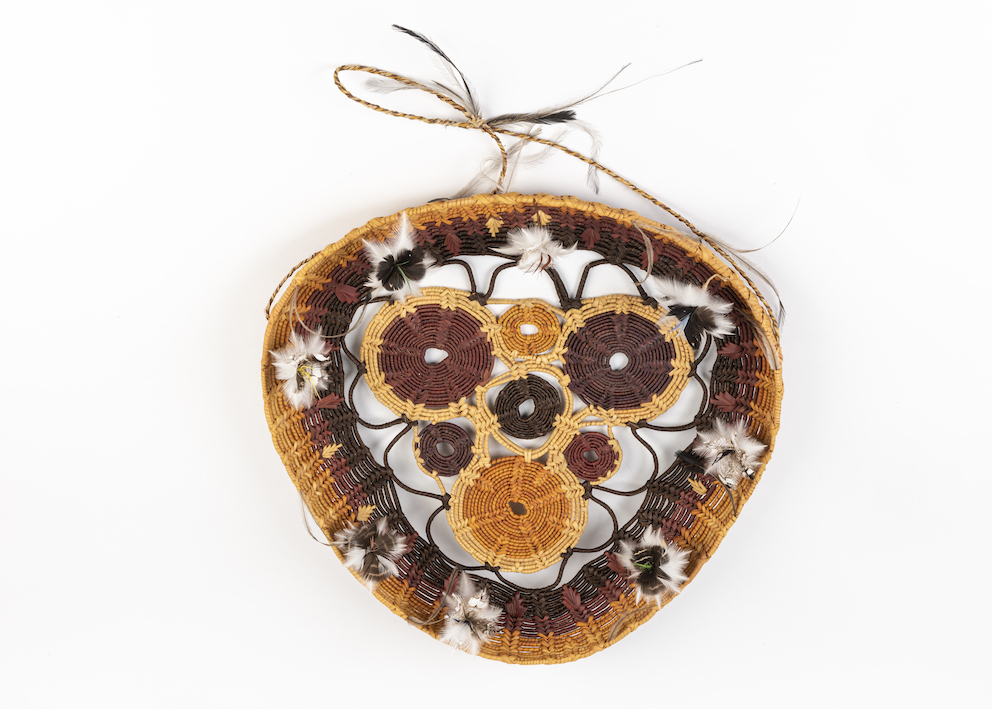
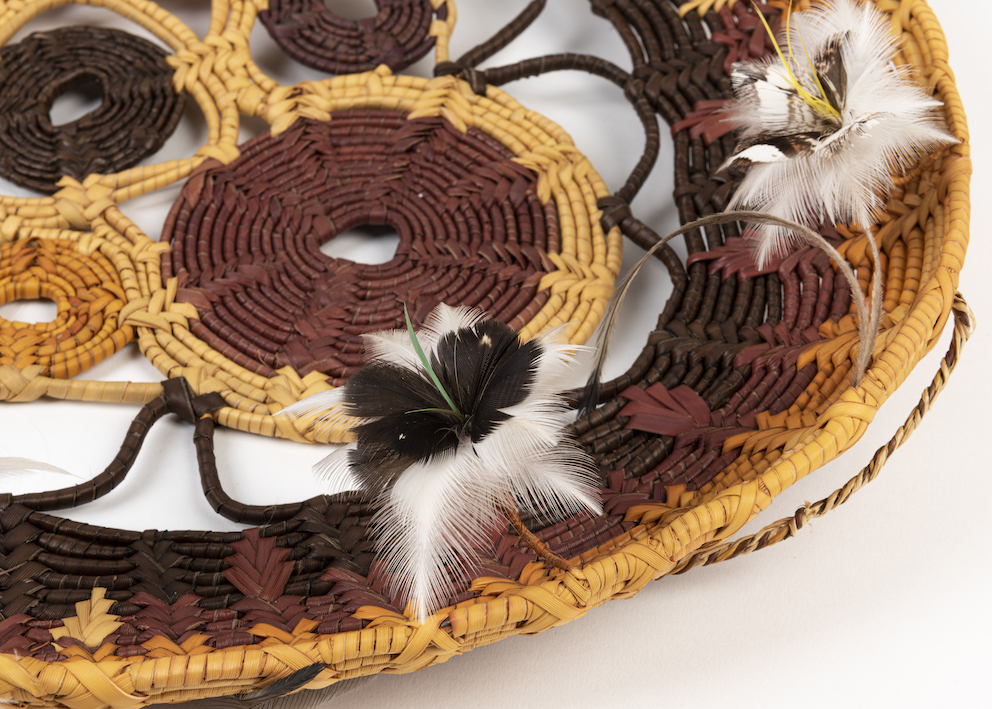
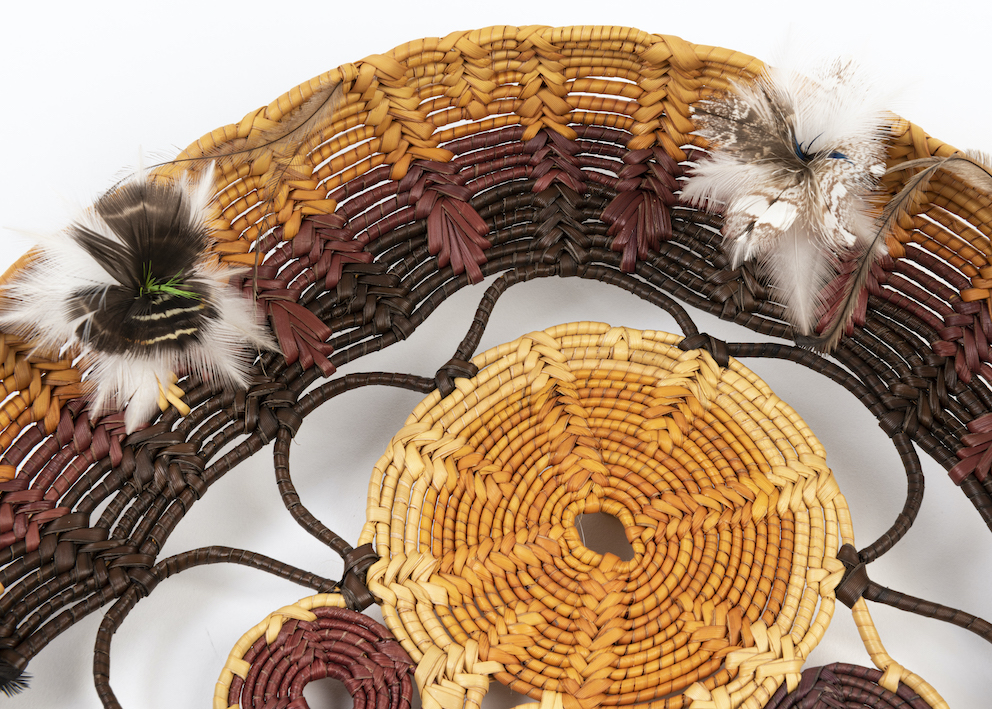
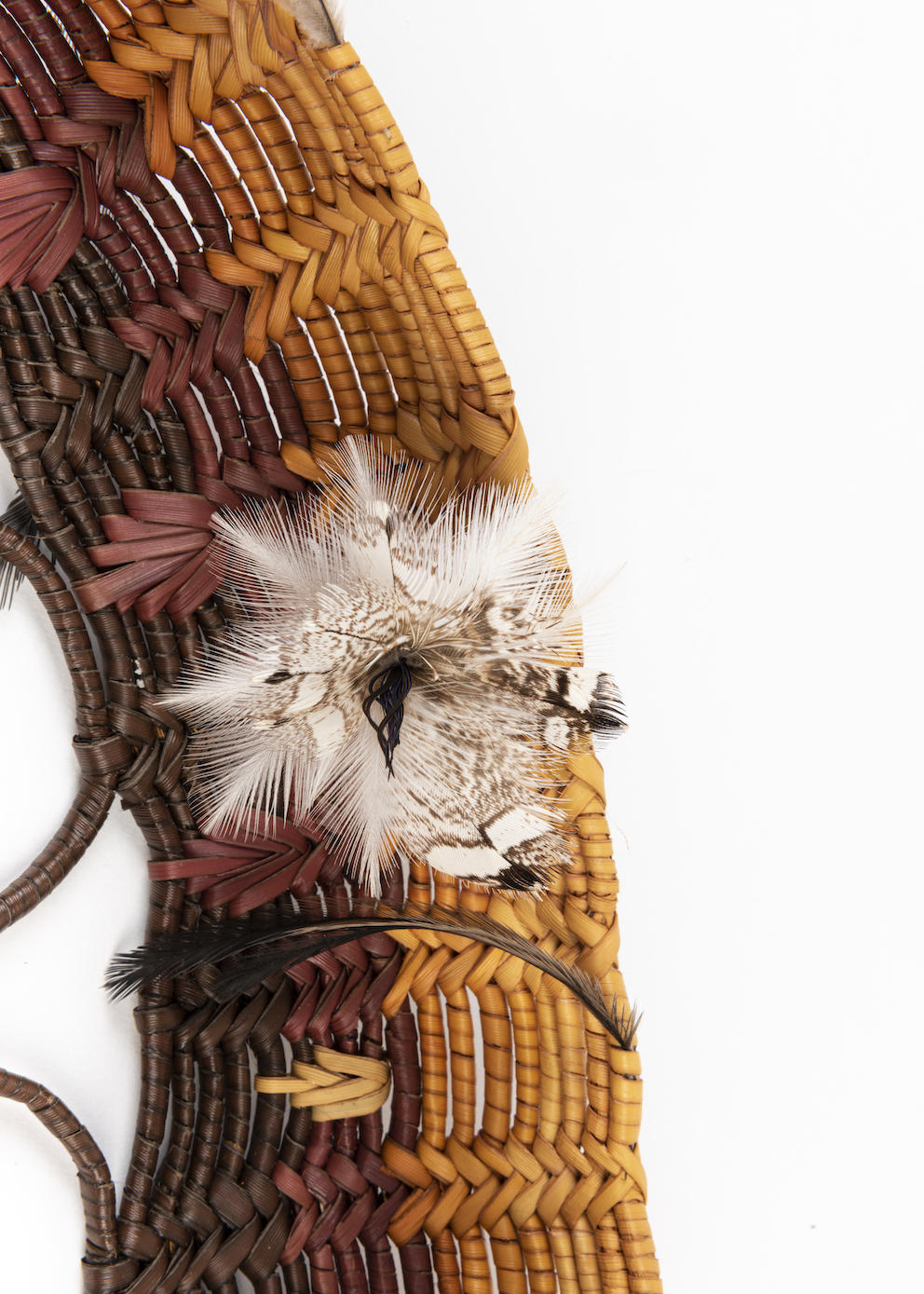
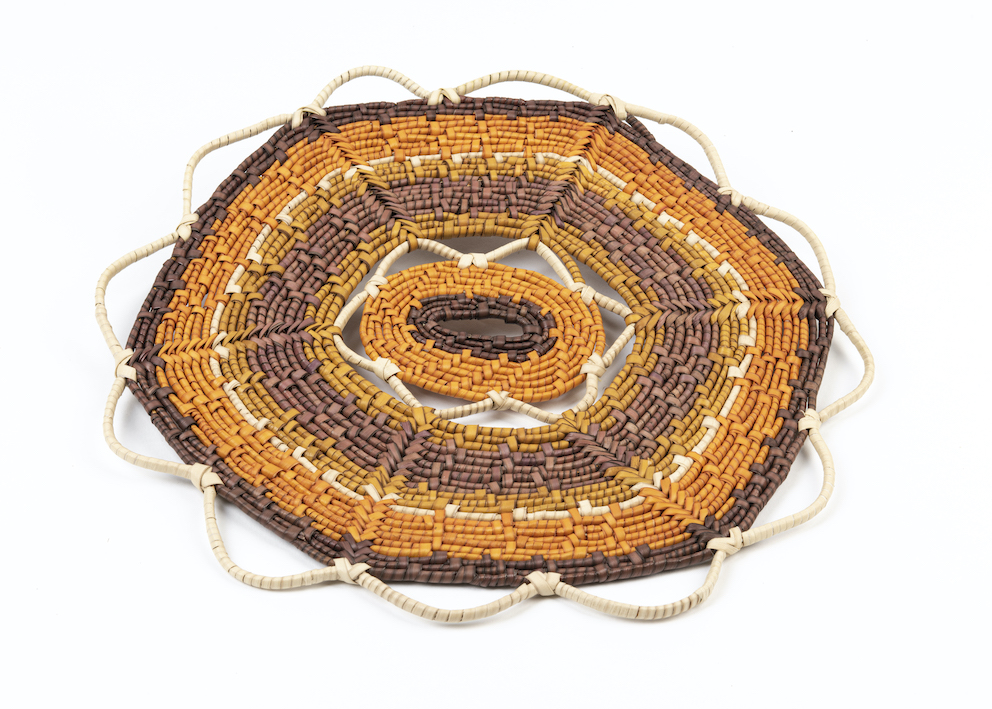
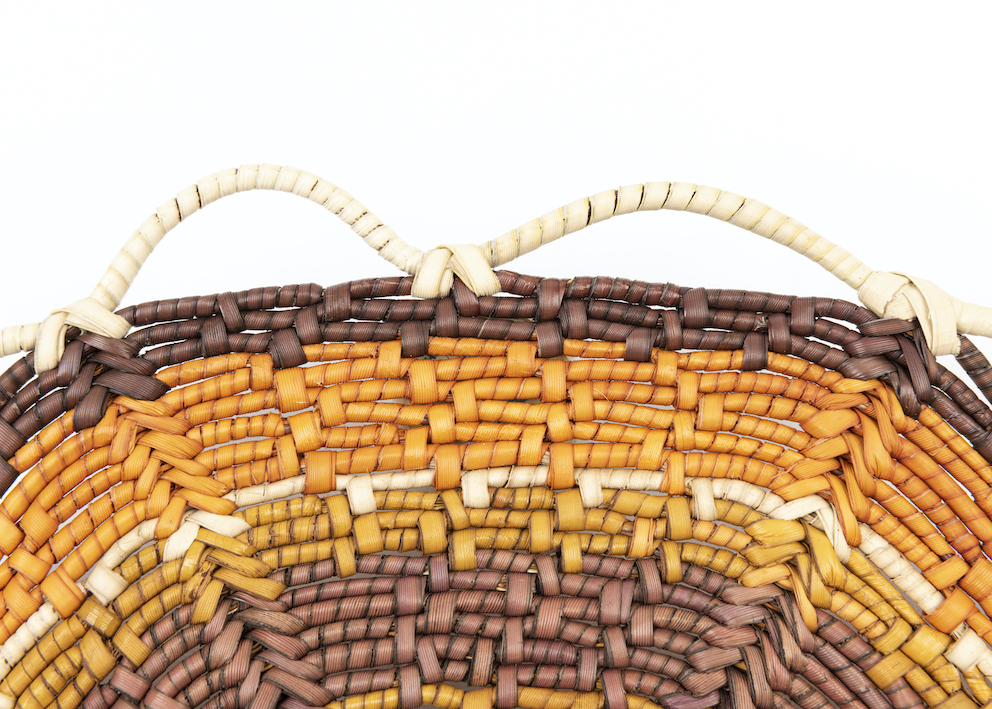
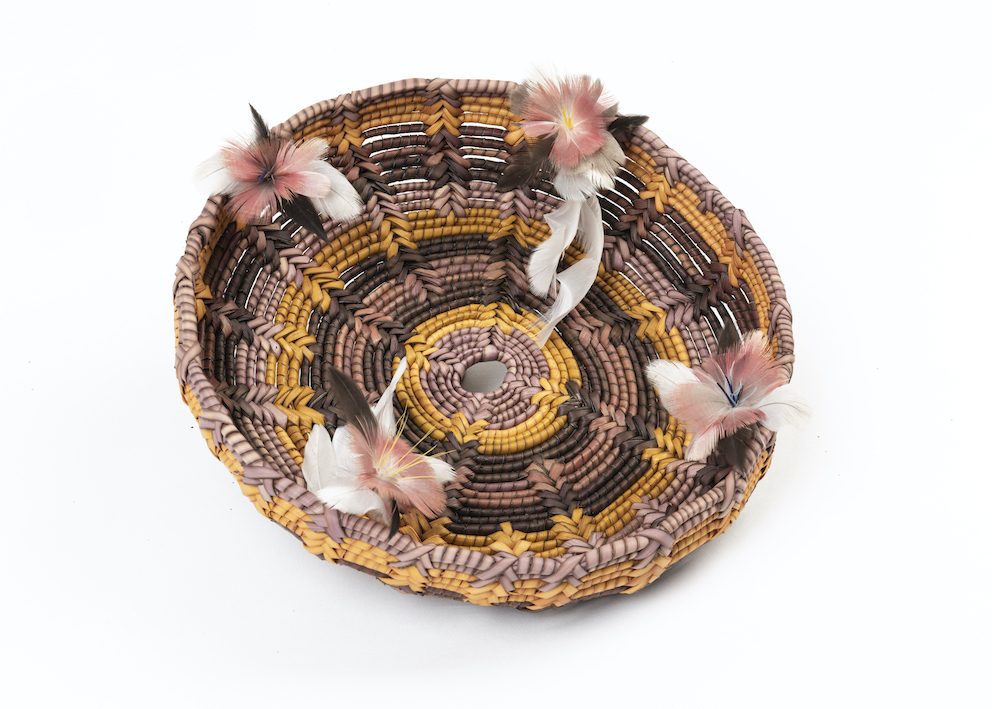
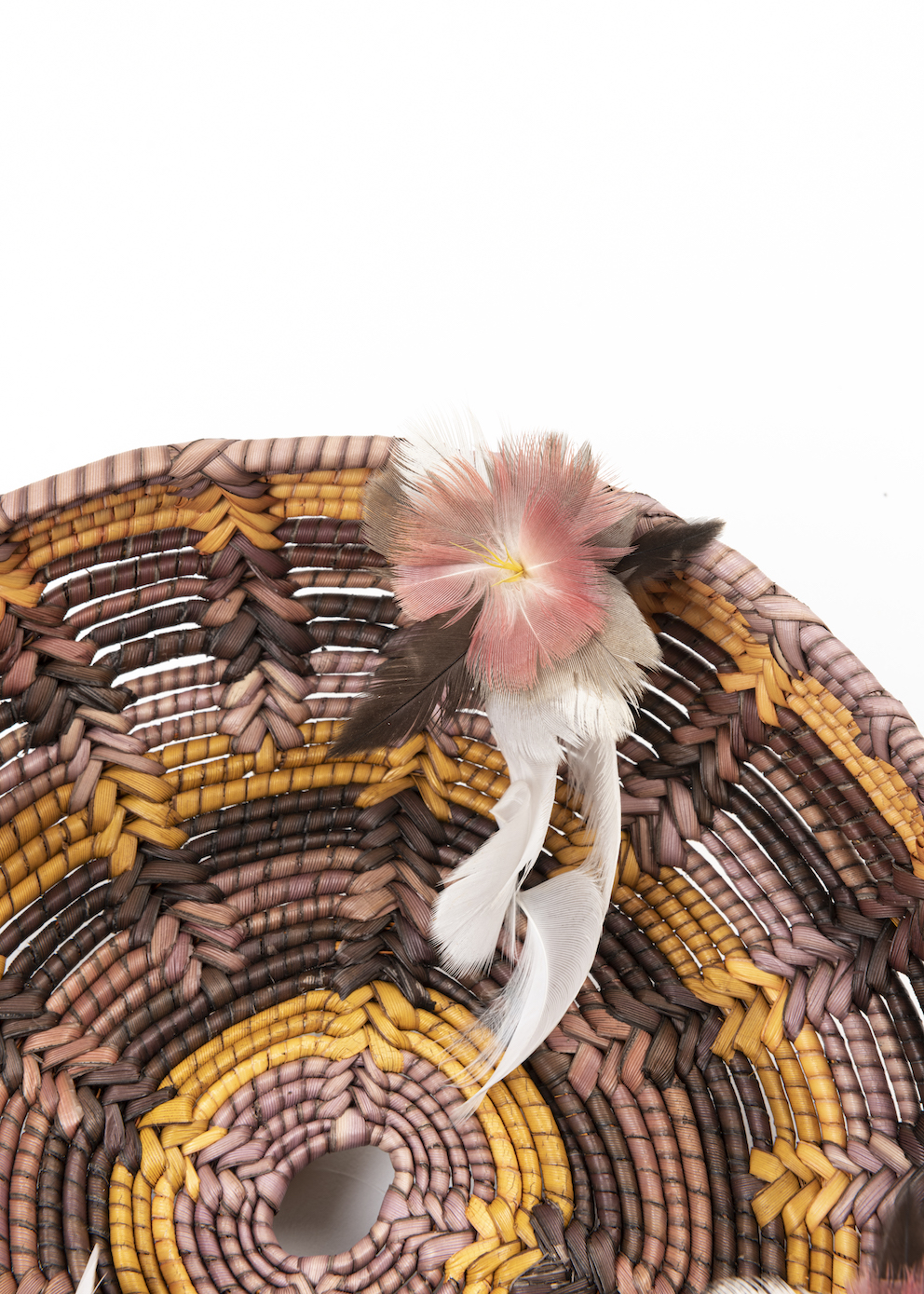
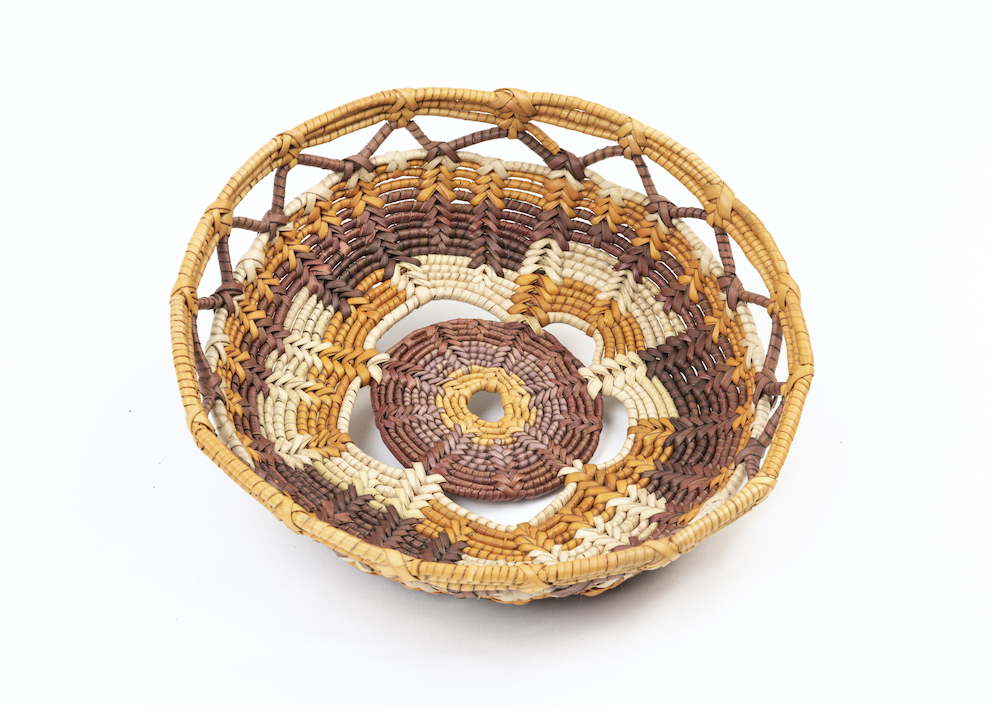
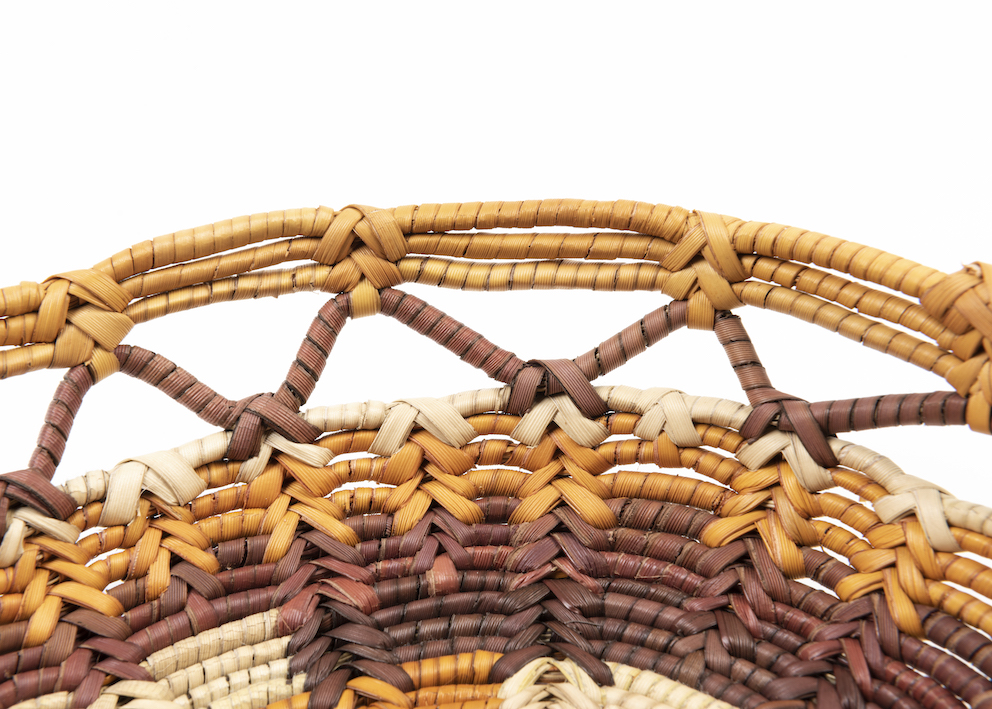
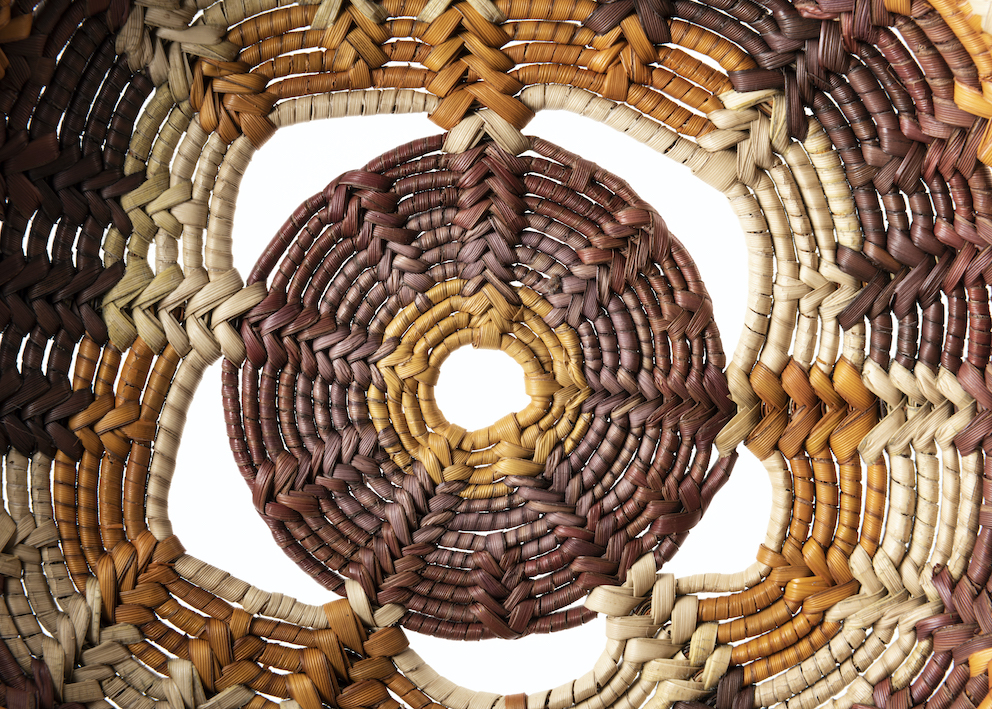
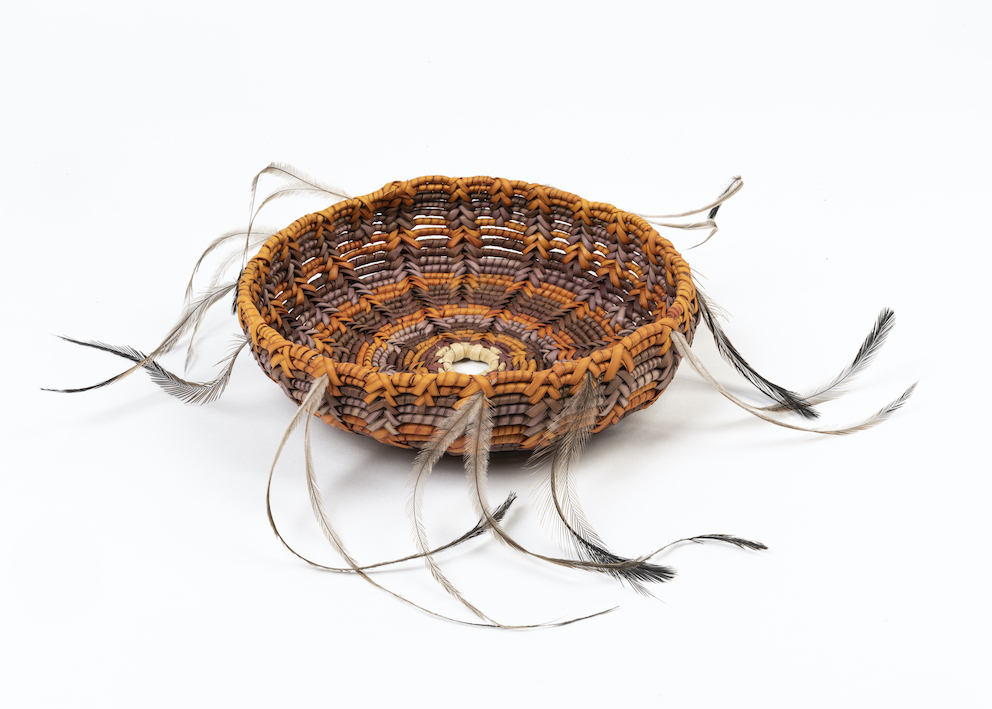

These works are so exquisitely crafted and detailed, I found them quite breathtaking and couldn’t help re-visiting the display a second and then third time for a closer look!
from Geraldine
Add your comments to the guest book